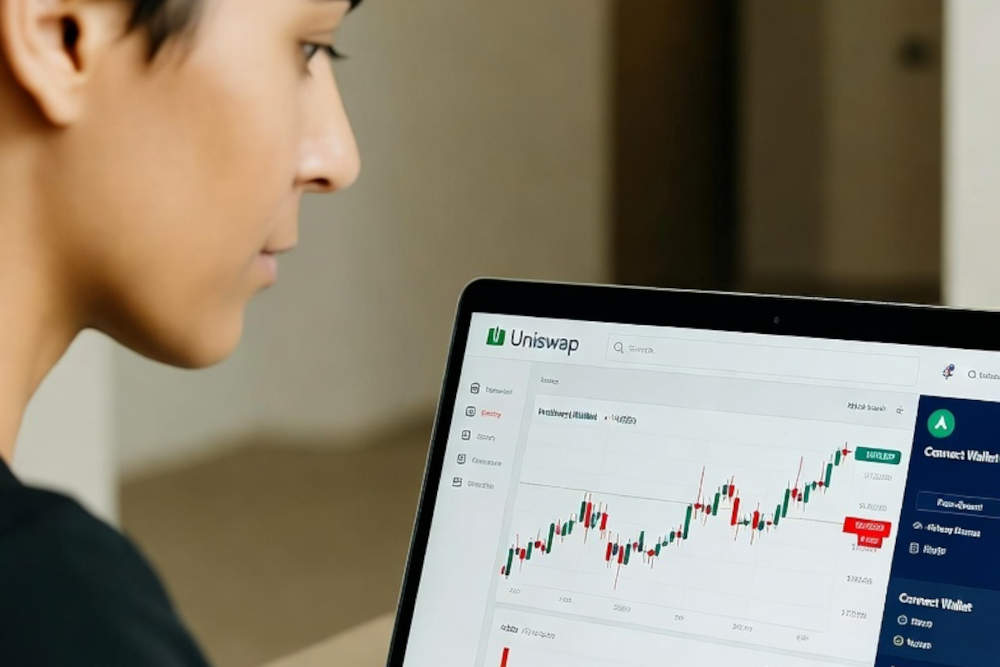
In the rapidly evolving world of decentralized finance (DeFi), one of the unsung heroes is the DeFi aggregator. Particularly on EVM-compatible chains (Ethereum, Arbitrum, Polygon, BNB Chain, Base, etc.), these platforms help you trade smarter, route better, and save on fees by tapping multiple liquidity sources simultaneously. If you’re someone who swaps tokens regularly or wants to optimize your trades, choosing the right aggregator can make a difference.
In this article, we’ll explore what DeFi aggregators are, why they matter, highlight some of the top platforms, and provide a clear checklist for picking the best one for your needs.
Panaprium ist unabhängig und wird vom Leser unterstützt. Wenn Sie über unseren Link etwas kaufen, erhalten wir möglicherweise eine Provision. Wenn Sie können, unterstützen Sie uns bitte monatlich. Die Einrichtung dauert weniger als eine Minute und Sie werden jeden Monat einen großen Beitrag leisten. Danke schön!
🔍 What Is a DeFi Aggregator?
A DeFi aggregator is a platform that acts as a “meta-interface” over multiple DEXs (decentralized exchanges) and liquidity pools. Instead of going directly to a single DEX (which may have limited liquidity or higher slippage), an aggregator can split your trade across several pools, bridge chains if needed, and find you the best price or execution path.
Key functionality includes:
-
Routing across liquidity sources (AMMs, order-book DEXs)
-
Cross-chain or multi-chain swaps (especially helpful in EVM ecosystems)
-
Optimizing for gas / fees / slippage
-
Often integrating extra features (wallet integration, gas refunds, limit orders, interface simplicity)
Why this matters: On EVM chains, fees, slippage, and liquidity fragmentation are real issues. Aggregators help you mitigate those by automatically finding the best path.
📈 Why Aggregators Are More Important
Several macro and ecosystem trends are amplifying the value of aggregators now:
-
More chains, more fragmentation – With multiple L1s and L2s (Ethereum, BNB Chain, Base, Arbitrum, etc.), liquidity is scattered. Aggregators help unify access.
-
Growing token choice – The number of tokens and DEXs has exploded; manual comparison is inefficient.
-
Higher user expectations – Users want seamless cross-chain swaps, minimal fees, best price; aggregators deliver.
-
Sophisticated routing / MEV concerns – Advanced platforms optimize for MEV (miner/extractor value) and split trades to avoid front-running.
-
Liquidity competition – Better liquidity means less slippage and better execution; aggregators can access deeper pools across DEXs.
As one analysis notes, “DEX aggregators create decentralized finance easier by bringing together different protocols from a single interface.” (minddeft.com)
🏆 Top EVM DeFi Aggregators to Consider
Here are several widely-used aggregators, each with distinguishing features:
1inch / 1INCH
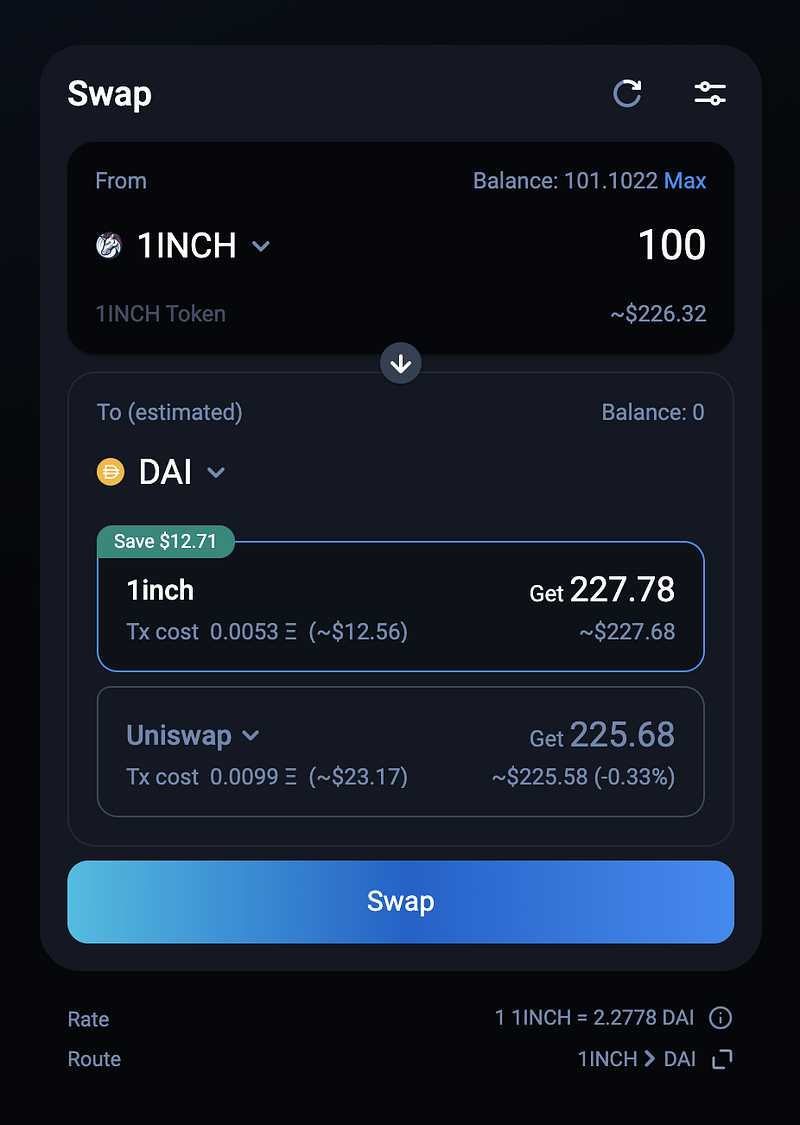
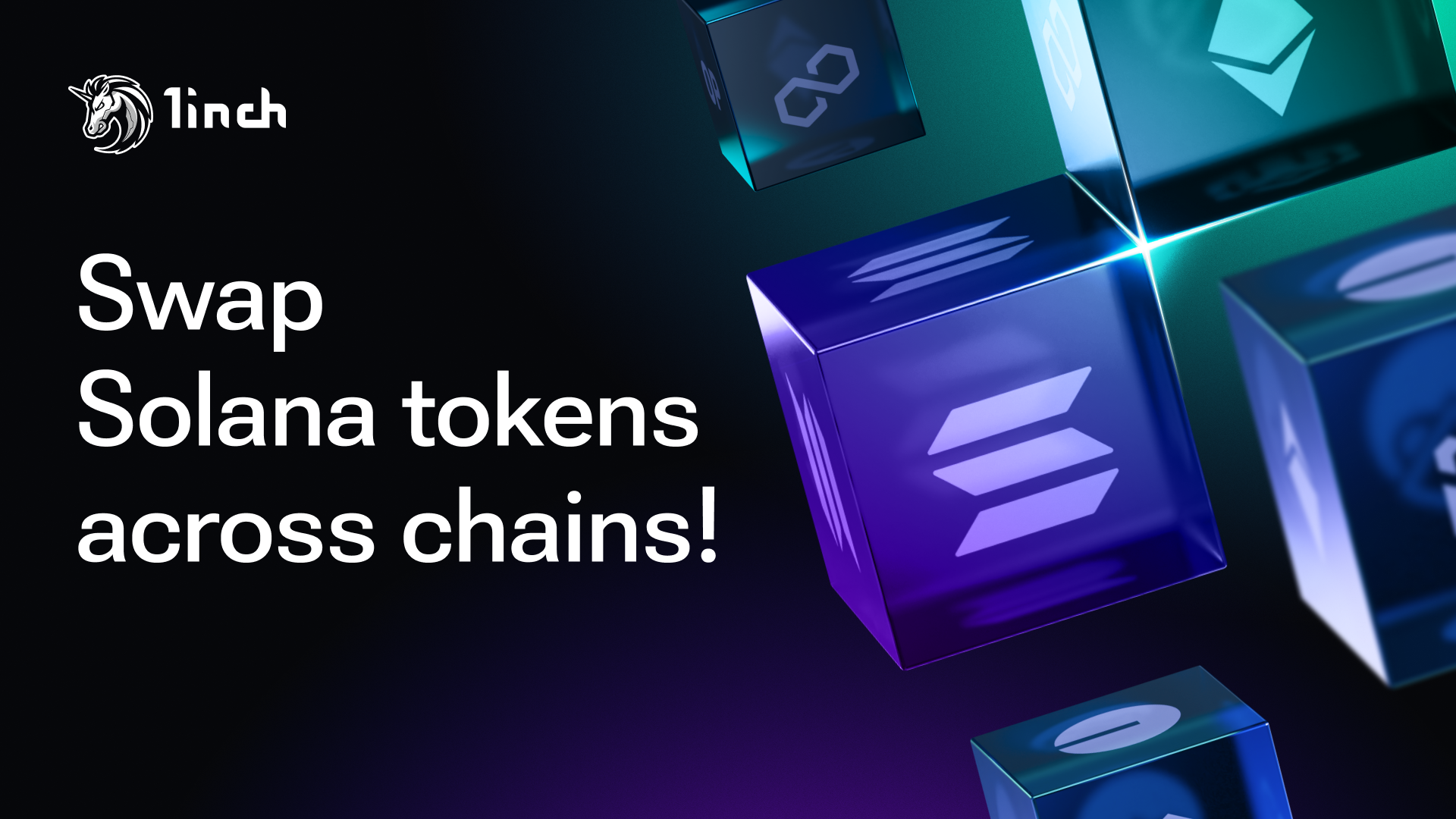
-
A veteran aggregator on Ethereum and multiple EVM chains. It deeply analyzes fragmented liquidity and routes trades across many sources. (rubic.exchange)
-
It supports limit orders, wallet integrations, and has native token 1INCH for governance and fee discounts.
-
Strengths: Broad chain support, mature product, good user experience.
-
Considerations: Because it’s well known, many users use it — sometimes best rate might still be slightly better elsewhere (depending on token/chain).
Velora (formerly ParaSwap)

-
A strong aggregator especially among pro users: efficient, developer-friendly, supports many chains. (rubic.exchange)
-
Transparent routing and strong MEV protections built in.
-
Strengths: Good for users who care about best trade execution and routing details.
-
Considerations: Interface may feel more technical; for casual users might prefer more beginner-friendly UI.
Rubic / Rubic

-
Notable for its cross-chain scope: supports 70+ chains and 360+ DEXs/bridges. (rubic.exchange)
-
Ideal if you need to move tokens across chains or use less-common chains.
-
Strengths: Breadth of chain support, future-proof for cross-chain DeFi.
-
Considerations: With breadth comes complexity; still need to check liquidity on niche chains.
Matcha (0x Protocol interface)

-
Built on 0x protocol; sources liquidity from dozens of DEXs. Also praised for simpler UI. (rubic.exchange)
-
Good for users who want a clean experience and decent routing.
-
Strengths: Ease of use, good underlying routing engine.
-
Considerations: Might not always have the absolute “best” price for large or niche trades compared to some pro aggregators.
Zapper
-
More than just a swap aggregator — also a portfolio dashboard and DeFi gateway. Often used by users who want to manage assets and trade in one place. (minddeft.com)
-
Strengths: All-in-one tool (swap + dashboard + tracking).
-
Considerations: Might not be as specialized for ultra-large trades or pro routing as dedicated aggregators.
🔧 How to Choose the Right Aggregator for You
Here’s a quick decision matrix to help you pick:
| Factor | What to check | Why it matters |
|---|---|---|
| Chain support | Which EVM chains you trade on (Ethereum, BNB, Base, etc.) | Liquidity and fees vary by chain |
| Token support & depth | Does the aggregator route your specific token pair well? | Niche tokens may have weak liquidity |
| Fees & gas optimization | Are routes gas-efficient? Any fee discounts or token incentives? | High gas eats profits — better routing helps |
| Routing algorithm | How many pools/sources does it search? Does it split trades? | Better execution and lower slippage |
| User interface & experience | Beginner friendly vs pro-user | Your comfort level matters |
| Security & audit history | Has the project been audited? Reputation? | Avoid smart-contract risks |
| Extra features | Limit orders, multi-hop, cross-chain swaps | Useful for advanced trades |
🧭 Strategy & Use Cases
-
Small frequent swaps: Choose aggregator with low gas & intuitive UI (e.g., Matcha, Zapper).
-
Large or complex trades: Go for best routing and minimal slippage (1inch, ParaSwap).
-
Cross-chain or multi-hop trades: Use aggregator with broad chain support (Rubic).
-
Portfolio users: If you also track/earn/yield, pick a toolbox aggregator (Zapper).
⚠️ Risks & Things to Watch
-
Liquidity risk: Even with aggregator, some token pairs may have thin liquidity.
-
Slippage / price impact: Check routes and simulate large trades.
-
Gas / chain fees: On some chains (especially Ethereum mainnet), gas can still be high.
-
Smart-contract risk: Aggregators build on many protocols — more routing = more attack surface.
-
Cross-chain bridging risks: If aggregator supports many chains, ensure bridges are secure.
-
Token/Project risk: Some aggregators issue governance tokens; focus on utility and tokenomics.
🔮 Future Trends to Watch
-
Greater cross-chain integration: Aggregators will increasingly support seamless transfer across EVM chains and beyond.
-
Liquidity sharing & multi-hop optimization: Splitting trades across chains/pools automatically for best execution.
-
Gas & MEV mitigation: More tools embedded to reduce front-running, slippage, hidden fees.
-
User-friendly UI + wallet integration: Making DeFi accessible to non-tech users.
-
Aggregator as yield optimizer: Some aggregators will integrate yield farming or auto-compounding features.
✅ Final Thoughts
If you’ve been using only one DEX or trading manually, stepping up to a DeFi aggregator can save you money, improve execution, and open access to more chains and liquidity.
For most users:
-
Start with a trusted aggregator like 1inch or ParaSwap.
-
Try it with small trades to test pricing and routing.
-
Once comfortable, explore cross-chain aggregators like Rubic if you need that functionality.
-
Always check gas, slippage, and make sure you trust the platform.
By picking the right tool for your trade style, you’ll get more value out of DeFi — smarter swaps, lower cost, and better execution.
War dieser Artikel hilfreich für Sie? Bitte teilen Sie uns in den Kommentaren unten mit, was Ihnen gefallen oder nicht gefallen hat.
Haftungsausschluss: Die oben genannten Inhalte dienen ausschließlich zu Informations- und Bildungszwecken und stellen keine Finanz- oder Anlageberatung dar. Recherchieren Sie stets selbst und ziehen Sie die Beratung durch einen zugelassenen Finanzberater oder Buchhalter in Betracht, bevor Sie finanzielle Entscheidungen treffen. Panaprium übernimmt keine Garantie, Bürgschaft oder Billigung der oben genannten Inhalte und ist in keiner Weise dafür verantwortlich. Alle hier geäußerten Meinungen basieren auf persönlichen Erfahrungen und sollten nicht als Billigung oder Garantie bestimmter Ergebnisse angesehen werden. Investitions- und Finanzentscheidungen bergen Risiken, über die Sie sich im Klaren sein sollten, bevor Sie entscheiden.
About the Author: Alex Assoune
Wogegen Wir Kämpfen
Weltweit-Konzerne produzieren in den ärmsten Ländern im Übermaß billige Produkte.
Fabriken mit Sweatshop-ähnlichen Bedingungen, die die Arbeiter unterbezahlt.
Medienkonglomerate, die unethische, nicht nachhaltige Produkte bewerben.
Schlechte Akteure fördern durch unbewusstes Verhalten den übermäßigen Konsum.
- - - -
Zum Glück haben wir unsere Unterstützer, darunter auch Sie.
Panaprium wird von Lesern wie Ihnen finanziert, die sich unserer Mission anschließen möchten, die Welt völlig umweltfreundlich zu gestalten.
Wenn Sie können, unterstützen Sie uns bitte monatlich. Die Einrichtung dauert weniger als eine Minute und Sie werden jeden Monat einen großen Beitrag leisten. Danke schön.




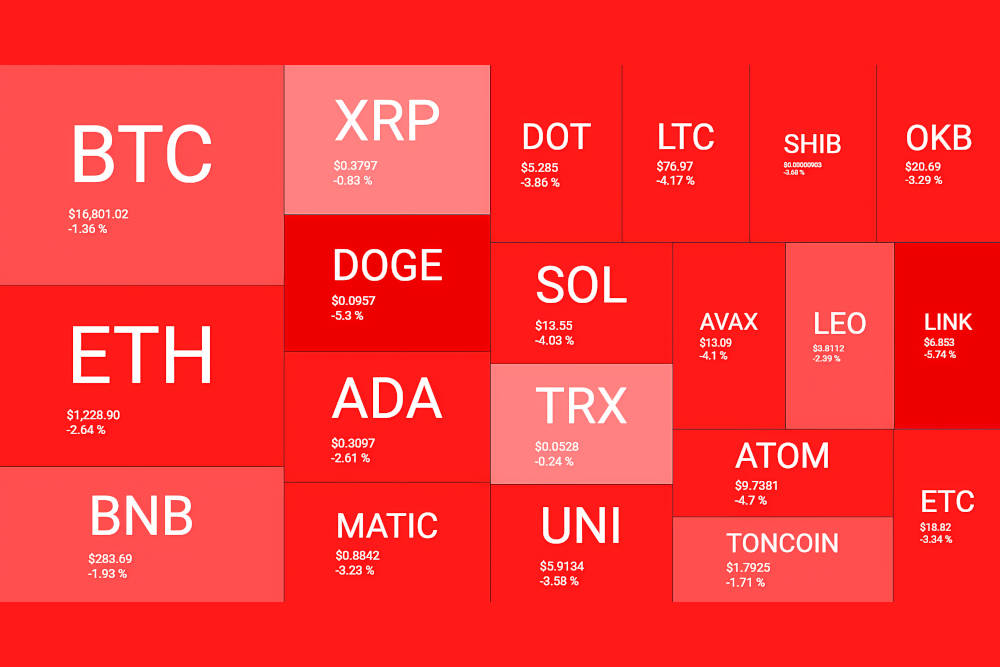

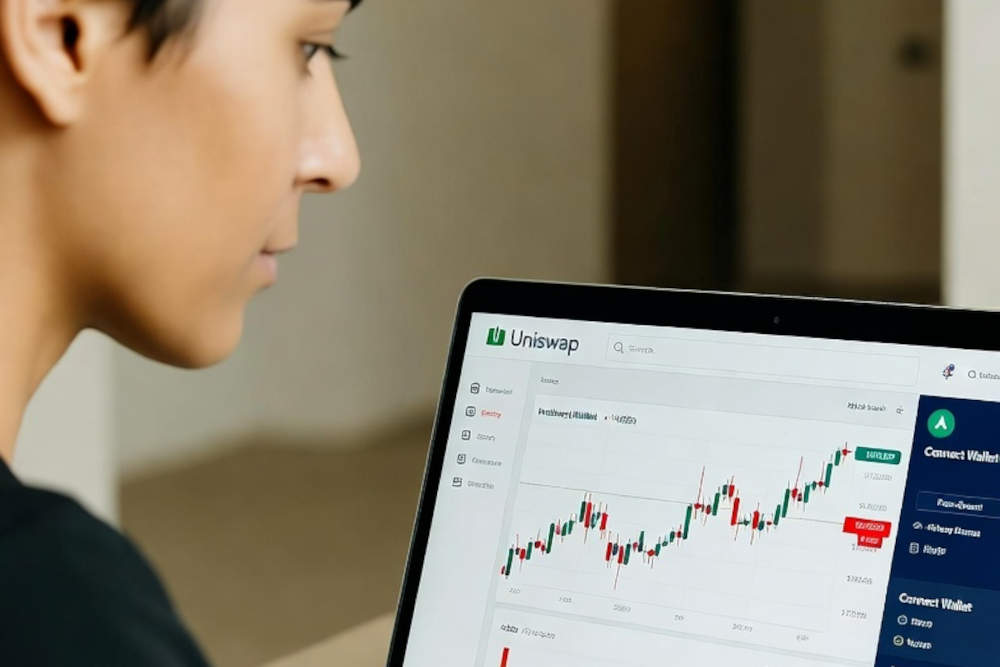





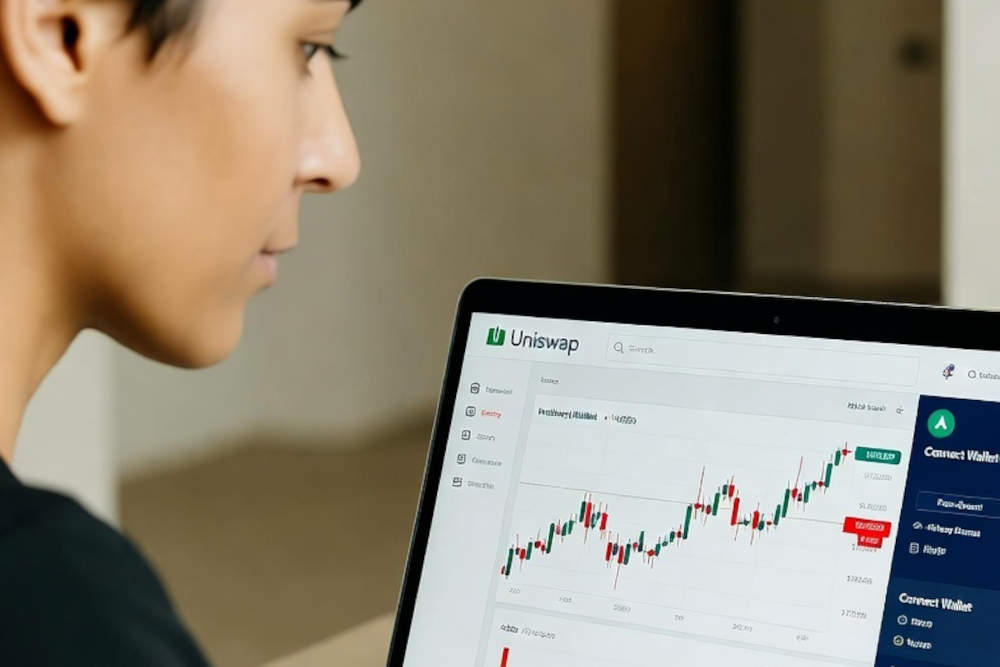














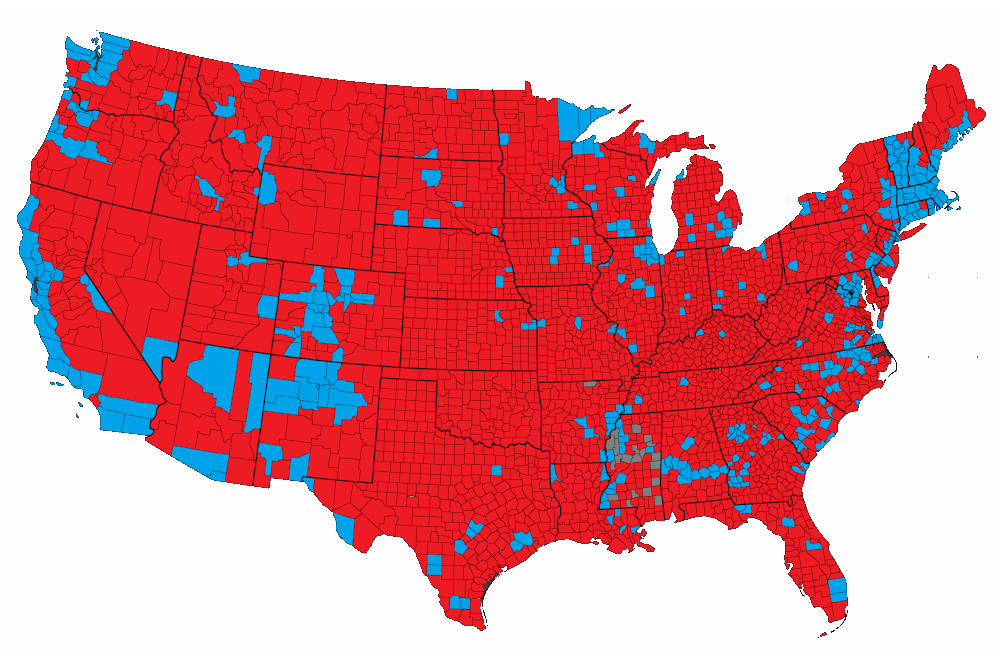




0 Kommentare